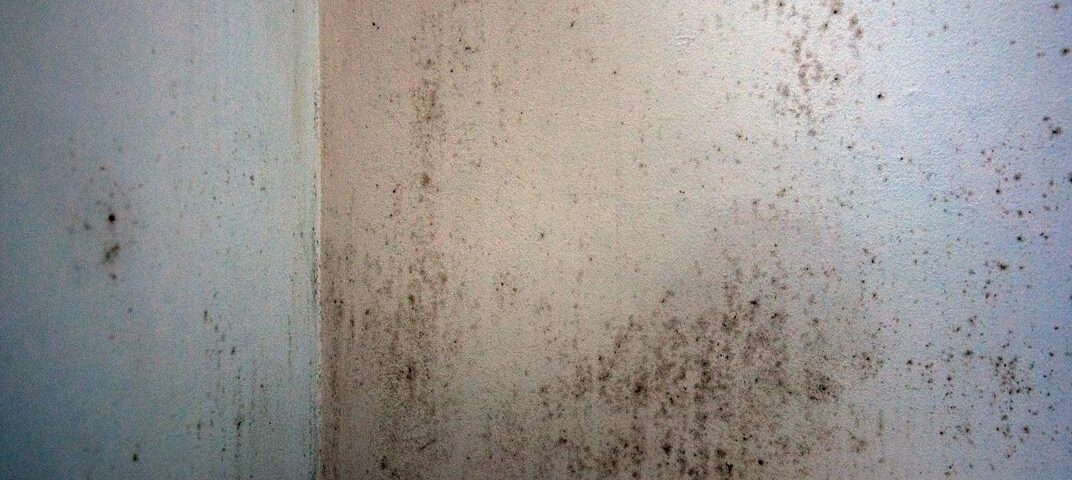- Restoring Every Detail, From Start to Finish
- (801) 263-9990
Everything You Should Know About Dried Out Mold

Most Common Causes of Flooding and Water Damage in Our Homes
September 13, 2021
Is Mold Covered by Insurance?
September 27, 2021It’s been a longstanding debate whether dried mold is considered a dangerous substance. Many people would argue for either side, and today, we’ll get to the bottom of it all.
To begin, while dried-out mold spores do not multiply in the absence of water or moisture, they will reactivate and grow once they come into contact with it. Mold and mildew can damage walls, tiles, carpets, and other interior surfaces while posing health risks.
Numerous studies have found that mold spore contact can have various adverse effects, ranging from mild allergies to pathogenic and toxic effects. However, dried-out mold may also be considered harmless, especially when it doesn’t spread.
If you’re unsure of what to do, call a professional to conduct a thorough mold inspection. This way, you can safeguard your health. Read on to discover more about dried out mold:
How Does Mold Thrive?
Mold spores can rapidly outgrow their containment, primarily when they breed in moist environments. As such, wet conditions in the home promote mold growth, such as toilets and basements.
Mold requires nutrients and moisture, which they may obtain from organic materials such as paper, wood, drywall, and any other organic material. It’s a common misconception that they “die” amid a dry atmosphere. Although in the absence of moisture, they cease to grow.
On the other hand, spores may rehydrate themselves and may even remain dormant for hundreds of years. Because of this, eliminating excess humidity is insufficient if you have a mold problem. To avoid regrowth, remove any mold spores and contaminated materials.
Remember that mold can start growing 24 to 48 hours after a material becomes damp and will continue to expand in size until it dries out. To avoid mold growth, dry wet products within 24 hours.
What Happens When Mold Dries Out?
Although mold spores become latent after drying out, they can still cause itchy eyes, runny noses, skin rashes, and coughing/sneezing in humans. These are the common symptoms you can get coming into contact with molds.
Because dry mold spores are very light, they disperse quickly in the air and swiftly spread to other parts of your house. Thus, you should consider performing a mold cleanup by washing or wiping them away.
Humidity and Mold
Maintaining optimal humidity levels in your home aids in the prevention of mold growth. To avoid mold, keep your home’s relative humidity between 30% and 50%.
You can accomplish this by investing in a dehumidifier and installing exhaust fans in bathrooms and kitchens where steam from cooking and showering collects are two more simple ways to reduce relative humidity. Additionally, you may close windows when it rains to prevent moisture entry and condensation.
Water and Mold
Mold requires water to grow, just as its spores need oxygen and heat to multiply. However, molds have different moisture requirements. Some molds survive in arid conditions with little water. To avoid serious mold problems, always thoroughly wipe down moist objects and surfaces.
Toxicity of Mold
Mold is generally thought to be harmless unless it is touched or consumed. According to both Health Canada and the World Health Organization, Mold exposure at home or work increases the risk of respiratory disease. They can cause the following symptoms:
- Allergies
- Asthma and emphysema
- Swelling of the eye, nose, or skin
- Mental haze
- Fatigue and Headaches
Conclusion
If your home has been significantly flooded or has chronic humidity issues, you must look into house rehabilitation. You may do this by contacting licensed mold removal experts to assess and remediate your house.
At the same time, the most effective strategy to prevent mold is to reduce moisture in your area. Maintain the recommended level of humidity in your home and dry any water-damaged items as soon as possible.
If you’re in search of mold removal in Utah, AAA Restoration Utah is a company you can surely rely on. With quality service that exceeds expectations, you can be confident in our team to help you rebuild your living and working situation. We are available 24/7, so give us a call whenever you need it!


